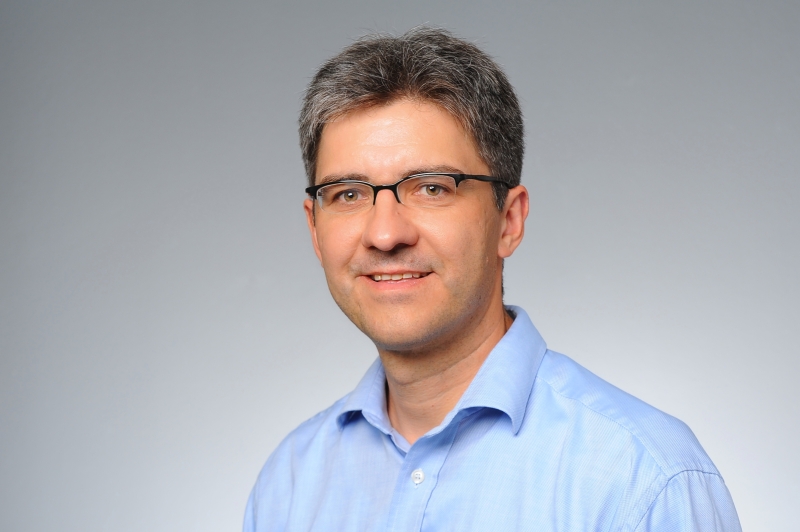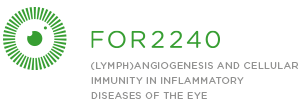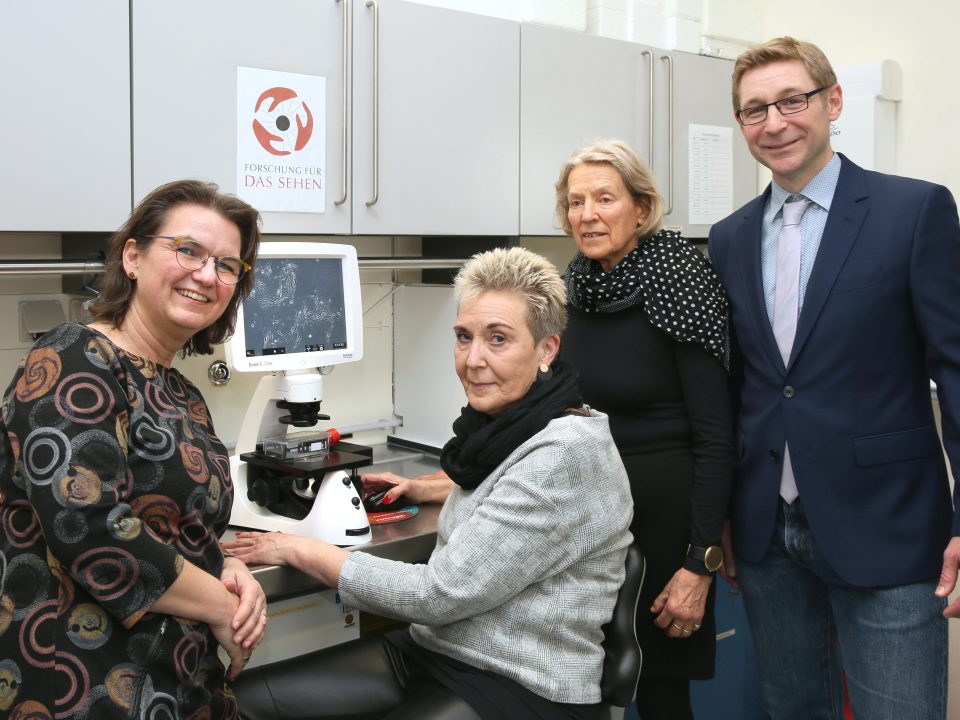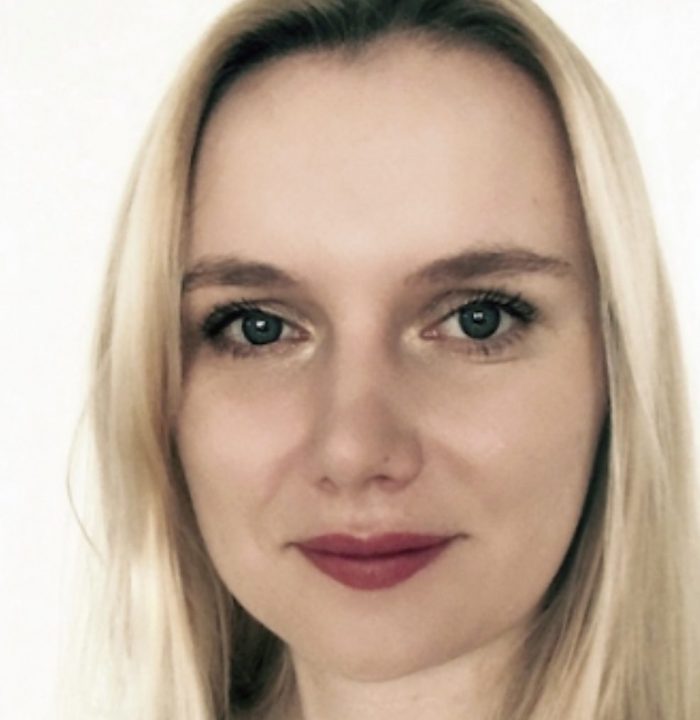Work on polysialic acid therapy for AMD wins Prof. Thomas Langmann the Theodor Axenfeld Prize

In the course of age-related macular degeneration (AMD), photoreceptor cells in the center of the retina die. Next to age itself, the other major risk factor for this disease is an overactive immune system. Addressing this factor is where the research of Prof. Thomas Langmann begins. Prof. Langmann is University Professor and Chair of Experimental Immunology of the Eye, Department of Ophthalmology, University of Cologne and the Vice-Speaker of the DFG research unit FOR 2240 “Angiogenesis, lymphangiogenesis and cellular immunity in inflammatory diseases of the eye” located in Cologne. Using evidence obtained in an animal model, he showed that immune responses can be regulated by injecting polysialic acid, which is a sugar molecule with special properties that is naturally produced by the body. For this work, Prof. Langmann was awarded the Theodor Axelfeld Prize at the German Ophthalmological Society (DOG) on the 30th of September 2017 in Berlin.
In Western industrialized nations, age-related macular degeneration (AMD) is the main cause of blindness for people over the age of 60. Ten percent of AMD patients develop the more serious “wet” form of AMD, in which there is an unchecked proliferation of retinal blood vessels. Currently, doctors treat these patients with so-called VEGF-inhibitors (vascular endothelial growth factor), which stop the growth of newly formed, non-intact vessels and thus limit the accumulation of damaging levels of fluids in the eye. However, this therapy does not target the cause of the blood vessel proliferation, which is a chronic inflammatory process triggered by an overactive immune system.
The overactive immune system is where Prof. Langmann’s research starts. He investigates what causes the excessive immune reaction. The polysialic acid produced naturally by the body plays an important role in this: it surrounds healthy nerve cells and prevents the activation of receptors on the cell surface by particular substances with relevance to the immune system. In AMD patients, changes in this protective layer can be detected in the retinal nerve cells, and it is these changes that lead to a chronic immune reaction. This reaction includes the activation of so-called microglial cells, which contribute to a rapid rate of photoreceptor cell death.
“In an experiment with model organisms, we were able to show that it was the injection of polysialic acid that inhibited the growth of microglia cells and that this is what reduced the inflammation-related proliferation of vessels,” explained Prof. Langmann. A fluorescence angiography taken 48 hours after the injection showed two things. One thing it showed was that there were fewer new vessels. What this type of imaging also showed was that there was a reduction in the amount of fluid that entered the retina from the existing vessels. “Since immune cell reactivity is detectable even in early forms of AMD, it could be possible that patients will profit from a systematic immune therapy in low dosages even in these early stages,” predicts Langmann. This means that instead of getting lots of injections in their eye that would otherwise be necessary in later stages, patients with this disease could take a medication very early on that would prevent the erratic proliferation of blood vessels and its ensuing damage.
Currently, together with Prof. Harald Neumann of the University Hospital of Bonn and Prof. Thomas Scheper from the Leibnitz University in Hannover, Prof. Langmann is testing what concentration and dosage form of polysialic acid is necessary to be effective in the eye. The German Federal Ministry of Education and Research (BMBF) is funding this collaborative project.
Explanation and background: Theodor Axenfeld Prize
In the view of the German Ophthalmological Society, this investigation makes an important contribution to improving the treatment of a very serious eye disease that could lead to blindness if left untreated. According to the jury, the results show that in the future, it might be possible to offer a more gentle treatment for AMD in the early stages of the disease. This jury was composed of members of the editorial staff of the German-language ophthalmology journal “Klinischen Monatsblaetter fur Augenheilkunde”, and representatives of the national ophthalmological societies of Germany, Switzerland, and Austria.
The prize is in remembrance of the ophthalmologist Theodor Axenfeld (1867-1930). With it, the Georg Thieme publishing company intends to acknowledge important results of future-oriented work that ophthalmologists working in clinical and practical settings do. The prize was first awarded in 1938. Every two years since 1964, it has been regularly bestowed for outstanding work published in the “Klinischen Monatsblaetter fur Augenheilkunde”. The prize is endowed with 1.500 Euros.
Original publication:
T. Langmann, S. Fauser: „Polysialinsäure zur Immunmodulation im Tiermodell der feuchten altersabhängigen Makuladegeneration (AMD)“, Klin Monatsbl Augenheilkd 2017; 234 (5): 657–661
[This post is based on the German-language article https://augenklinik.uk-koeln.de/informationen/aktuelles/detailansicht/theodor-axenfeld-preis-fuer-prof-dr-thomas-langmann/ published 29.07.2017].



